Get ready to meet the Honey Gourami, a true aquatic gem with a scientific name that rolls off the tongue: Trichogaster chuna. This captivating fish is part of the Osphronemidae family, which means it’s in good company with some other aquarium favorites you might recognize, like the charming Dwarf Gourami and the intriguing Thick-lipped Gourami. It’s like a family reunion of the most popular fish in the tank!
Table of Contents
Interestingly, the Honey Gourami is native to the slow-moving rivers and streams of India, Bangladesh, and Nepal. These fish prefer habitats with plenty of vegetation and a moderate water flow.
One of the most striking features of the Honey Gourami is its vibrant coloration. Males display a beautiful honey-gold color with a dark horizontal stripe running along their bodies, while females have a silvery-gray appearance with a less prominent stripe.
When it comes to tank setup, the Honey Gourami is a mid-dweller that thrives in well-planted aquariums with a minimum size of 20 gallons. These peaceful fish make excellent tank mates for other non-aggressive species such as Rasboras, Tetras, and Corydoras catfish.
Did you know that the Honey Gourami is an omnivore? In the wild, they feed on small insects, crustaceans, and plant matter. In captivity, they readily accept a variety of foods, including high-quality flakes, pellets, frozen, and live foods like brine shrimp and daphnia.
The Honey Gourami has a rich history in the aquarium trade. They were first imported to Europe in the early 1900s and have since become a popular choice among aquarists due to their peaceful nature and stunning appearance.
Fun fact: Honey Gouramis are known for their unique ability to breathe atmospheric air using a specialized organ called the labyrinth. This adaptation allows them to survive in oxygen-deficient waters.
In terms of behavior, Honey Gouramis are generally peaceful and can be kept in pairs or small groups. However, males may become territorial towards each other, so it’s best to keep only one male per tank or provide ample space and hiding spots to minimize aggression.
Variants of the Honey Gourami include the Red Honey Gourami and the Golden Honey Gourami, both of which display striking color variations that add visual interest to any aquarium.
On average, Honey Gouramis grow to a size of 2-3 inches (5-7.5 cm) and have a lifespan of 4-8 years with proper care. They prefer water temperatures between 72-82°F (22-28°C), a pH range of 6.0-7.5, and soft to moderately hard water.
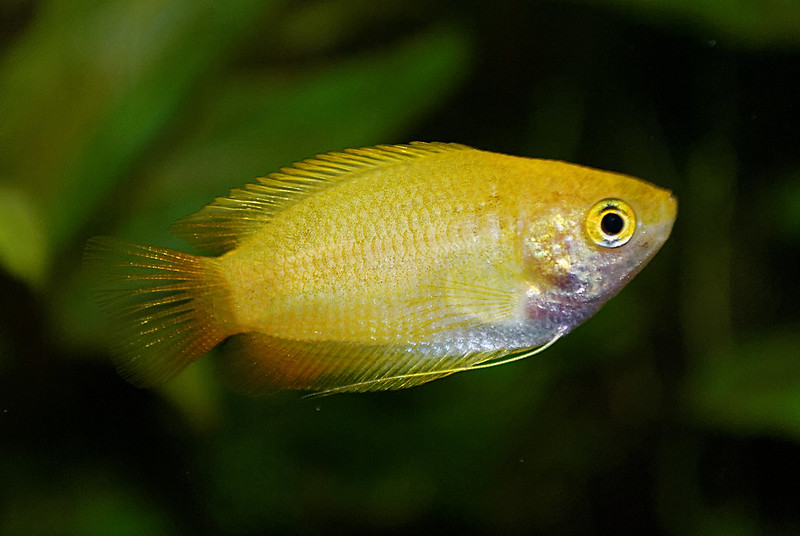
Key Information
When it comes to the Honey Gourami, one of the most striking features is its vibrant coloration. Males display a beautiful honey-gold color with a dark horizontal stripe running along their bodies, creating a stunning contrast. Females, on the other hand, have a more subdued silvery-gray appearance with a less prominent stripe. The iridescent scales of both sexes catch the light, adding a mesmerizing shimmer to their overall appearance.
| Family | Osphronemidae |
| Price | $5 – $10 |
| Common Names | Honey Gourami, Sunset Gourami |
| Variants | Red Honey Gourami, Golden Honey Gourami |
| Ideal Tank Size | Minimum 20 gallons |
| Water Parameters | Temperature: 72-82°F (22-28°C), pH: 6.0-7.5, Soft to moderately hard |
| Lifespan | 4-8 years |
| Full Size | 2-3 inches (5-7.5 cm) |
| Natural Environment | Slow-moving rivers and streams in India, Bangladesh, and Nepal |
| Behavior | Peaceful, can be kept in pairs or small groups |
| Habitat Preference | Mid-dweller, prefers well-planted aquariums |
| Aquarium Decoration | Plenty of vegetation, moderate water flow |
| Ideal Tank Mates | Rasboras, Tetras, Corydoras catfish |
| Fish to Avoid | Aggressive or large fish that may bully or eat Honey Gouramis |
| Best Foods/Diet | Omnivore, accepts flakes, pellets, frozen, and live foods |
| Disease | Prone to common freshwater diseases if water quality is poor |
| Sex-Switch | Not known to change sex |
| Gender Differences | Males are honey-gold with dark stripe, females are silvery-gray |
| Care Level | Easy to moderate |
| Breeding Level | Moderate, bubble nest builders |
Ideal Tank Mates
When choosing tank mates for your Honey Gouramis, it’s essential to consider compatibility in terms of temperament, size, and habitat preferences. Honey Gouramis are peaceful, mid-dwelling fish that thrive in well-planted aquariums with a moderate water flow. They do best with other non-aggressive species that share similar water parameters and won’t compete for the same space in the tank.
Ideal tank mates for Honey Gouramis should be calm, peaceful, and not much larger than the Gouramis themselves. Smaller, schooling fish make excellent companions as they tend to occupy different levels of the tank and won’t disturb the Gouramis. It’s also important to avoid fish that are known to be fin nippers, as Honey Gouramis have delicate, flowing fins that can easily be damaged.
Here are 15 ideal tank mates for Honey Gouramis, along with reasons why they are compatible:
Neon Tetras
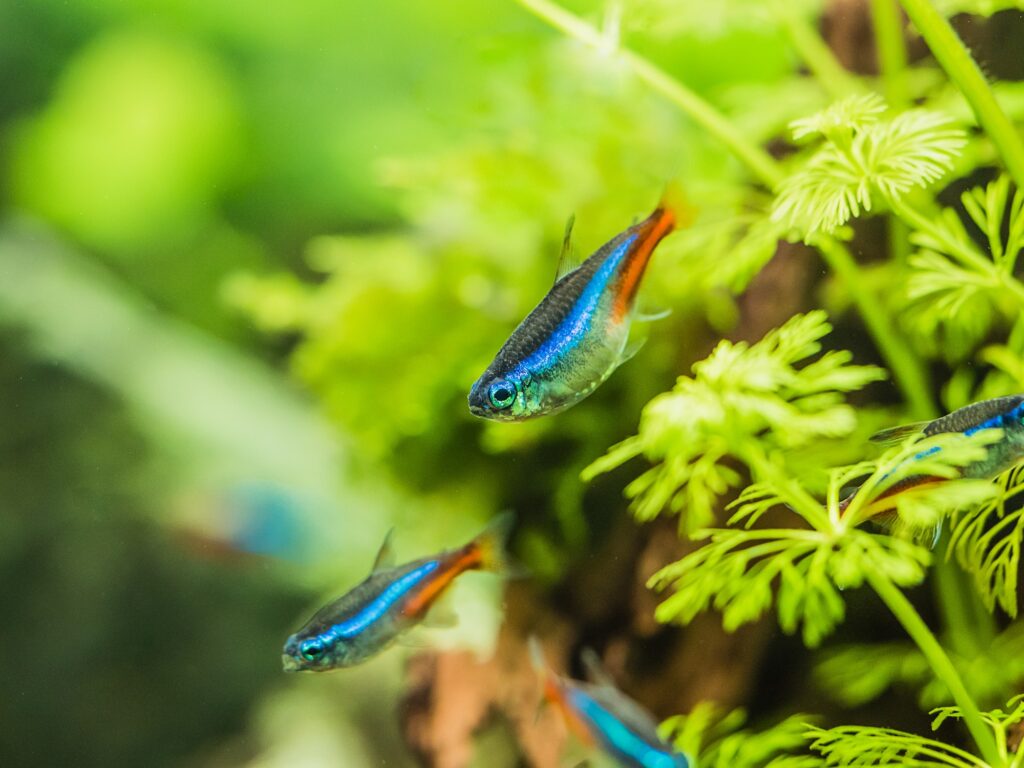
These small, colorful fish are peaceful schooling fish that occupy the mid to upper levels of the tank. They won’t compete with Honey Gouramis for space and add a bright pop of color to the aquarium.
Harlequin Rasboras

Harlequin Rasboras are another peaceful schooling fish that make great tank mates for Honey Gouramis. They are active swimmers that won’t bother the Gouramis and prefer similar water conditions.
Cherry Barbs
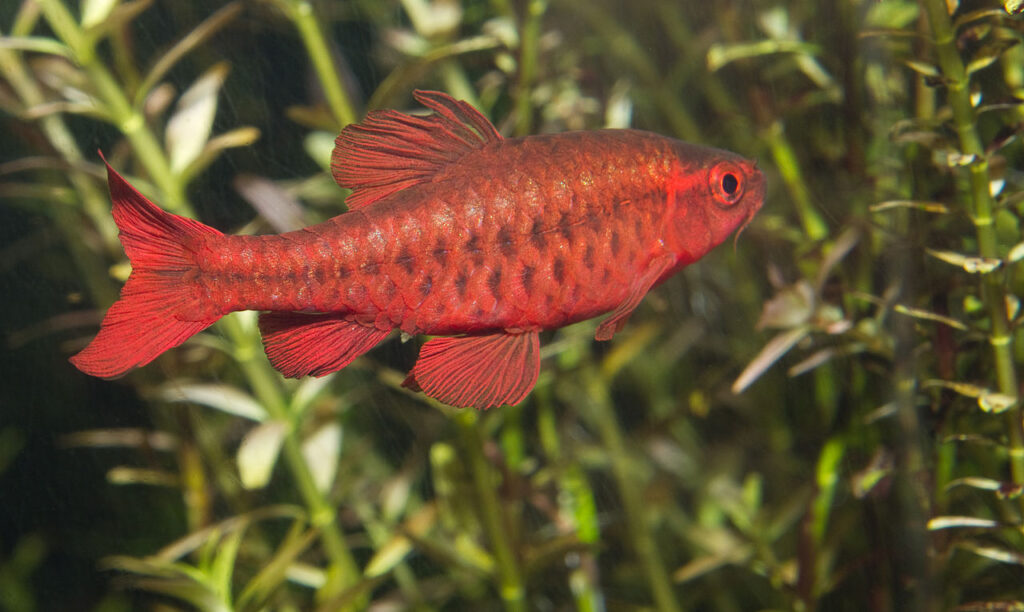
Cherry Barbs are small, peaceful fish that add a beautiful red color to the tank. They are active swimmers that won’t compete with Honey Gouramis for space and are not known to be fin nippers.
Corydoras Catfish
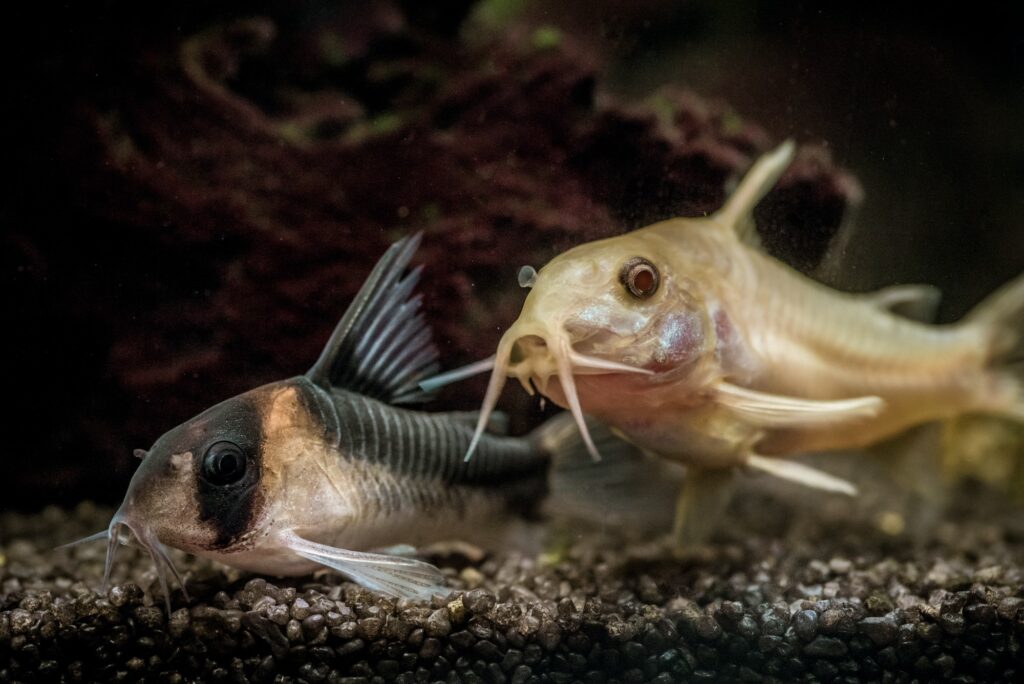
These bottom-dwelling catfish are peaceful and won’t interfere with the mid-dwelling Honey Gouramis. They help keep the tank clean by scavenging for leftover food and debris.
Kuhli Loaches
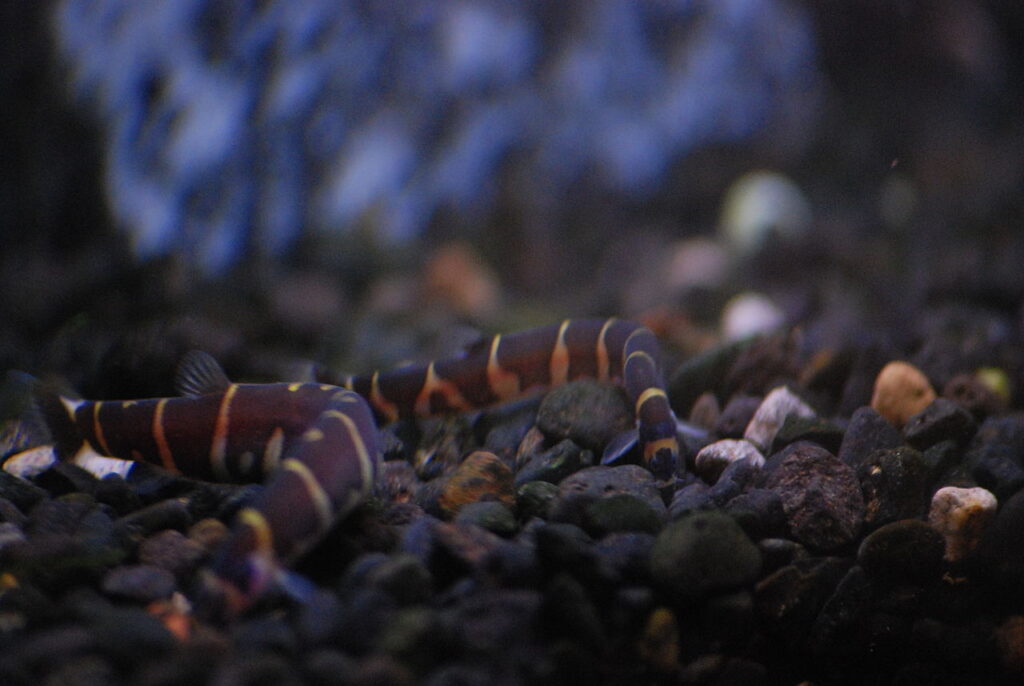
Kuhli Loaches are nocturnal, bottom-dwelling fish that are peaceful and won’t bother the Honey Gouramis. They have a unique eel-like appearance and help keep the substrate clean.
Otocinclus Catfish
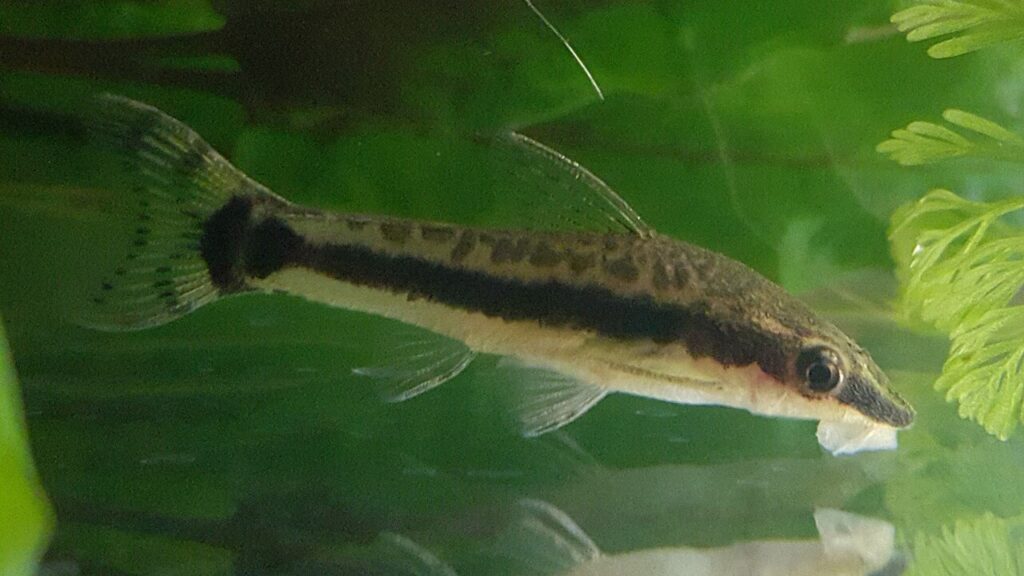
These tiny algae-eating catfish are peaceful and won’t compete with Honey Gouramis for food or space. They are excellent at keeping the tank free of algae and are fun to watch as they work.
Ember Tetras
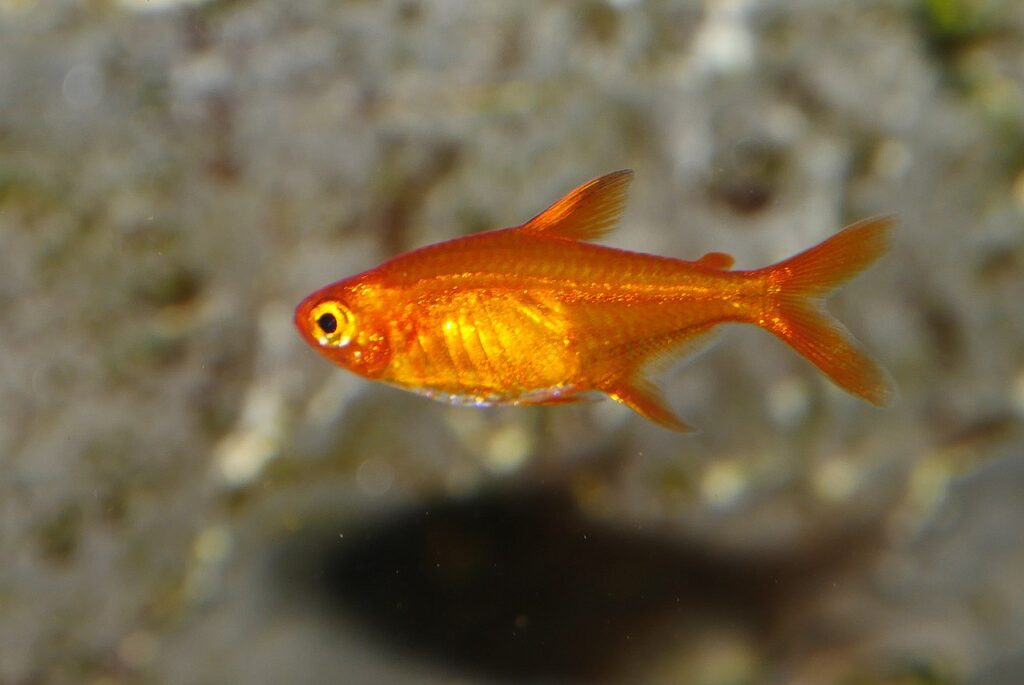
Ember Tetras are small, peaceful schooling fish that add a beautiful orange color to the tank. They occupy the mid to upper levels of the tank and won’t disturb the Honey Gouramis.
White Cloud Mountain Minnows
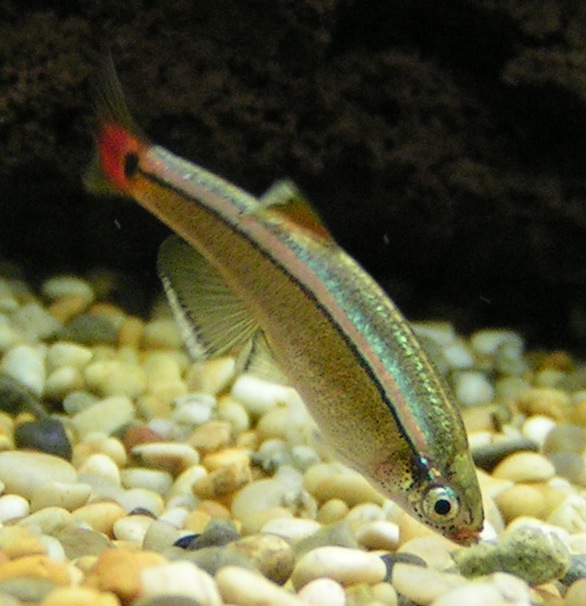
These hardy, peaceful fish are active swimmers that prefer cooler water temperatures. They are a good choice for Honey Gouramis in unheated tanks and won’t compete for space.
Pygmy Corydoras
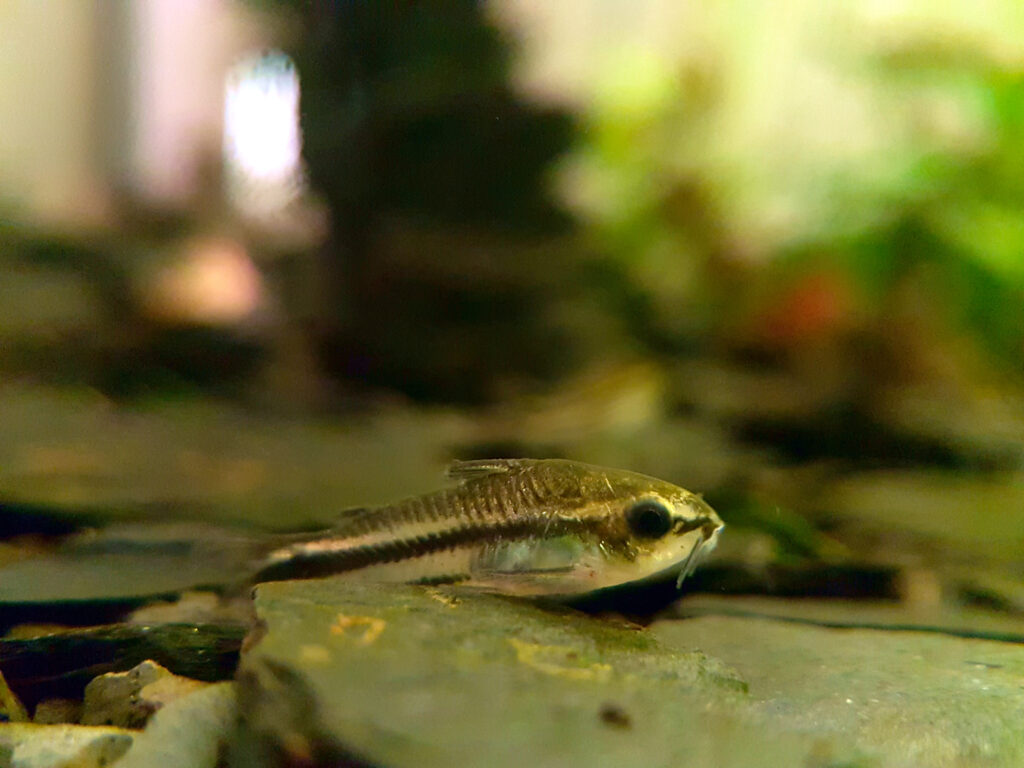
Pygmy Corydoras are miniature versions of the popular Corydoras catfish. They are peaceful bottom-dwellers that won’t bother the Honey Gouramis and help keep the substrate clean.
Endler’s Livebearers
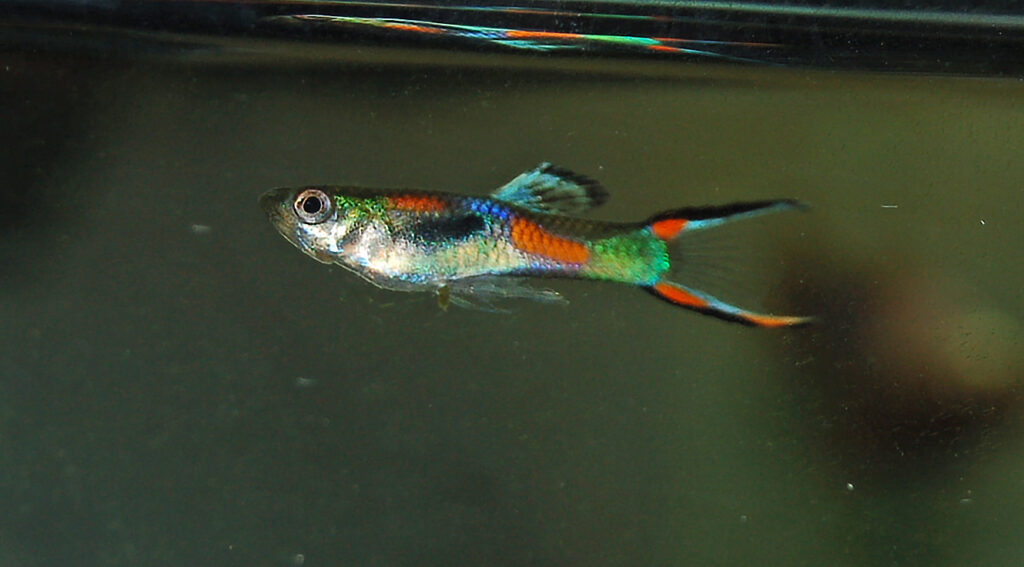
These small, colorful livebearers are peaceful and active swimmers that occupy the upper levels of the tank. They are not known to be fin nippers and add a vibrant display to the aquarium.
Lambchop Rasboras
Lambchop Rasboras are peaceful schooling fish with a unique, triangular shape. They occupy the mid to upper levels of the tank and won’t compete with Honey Gouramis for space.
Celestial Pearl Danios
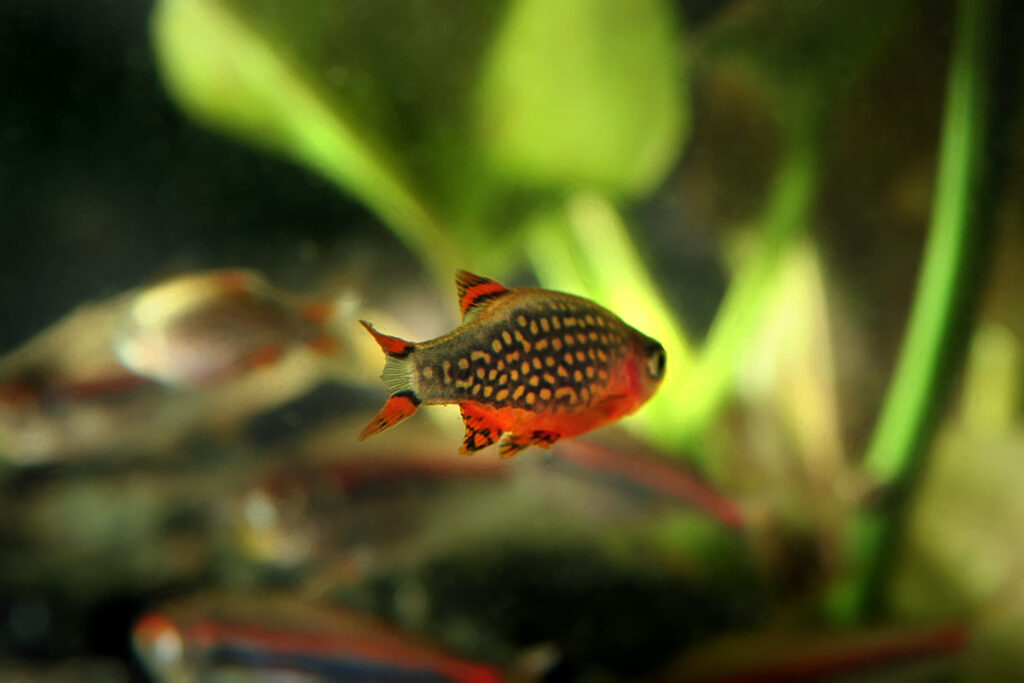
These small, peaceful fish have a stunning galaxy-like pattern on their bodies. They are active swimmers that won’t bother the Honey Gouramis and prefer similar water conditions.
Dwarf Pencilfish
Dwarf Pencilfish are small, peaceful schooling fish that occupy the mid to upper levels of the tank. They have a slender, elongated body and won’t compete with Honey Gouramis for space.
Rummy Nose Tetras
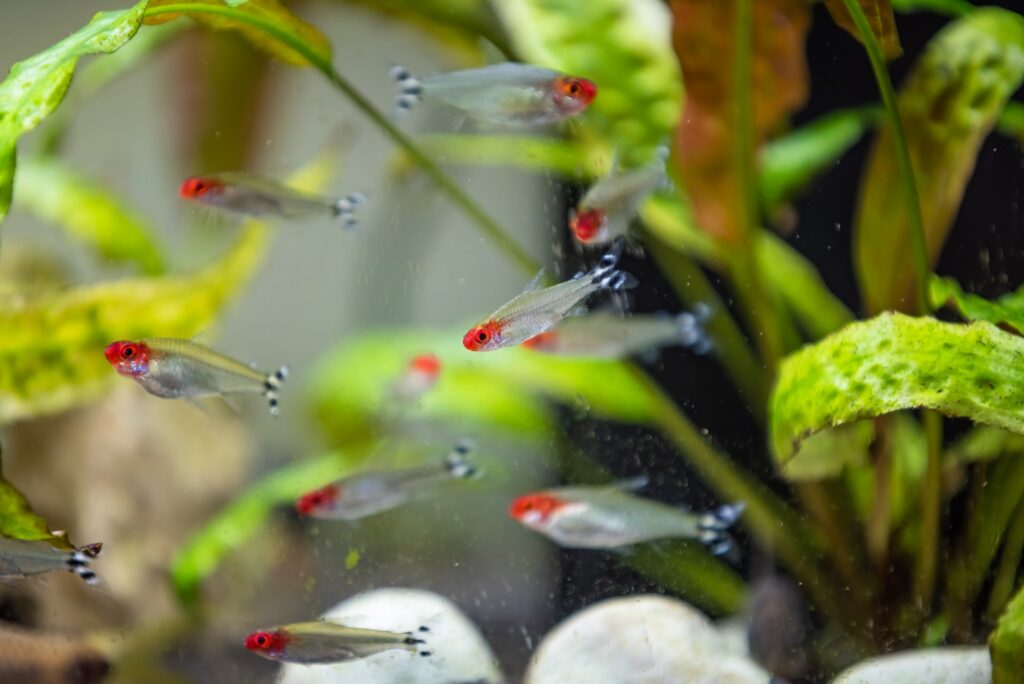
Rummy Nose Tetras are peaceful schooling fish with a distinctive red head. They are active swimmers that occupy the mid to upper levels of the tank and won’t disturb the Honey Gouramis.
Siamese Algae Eaters
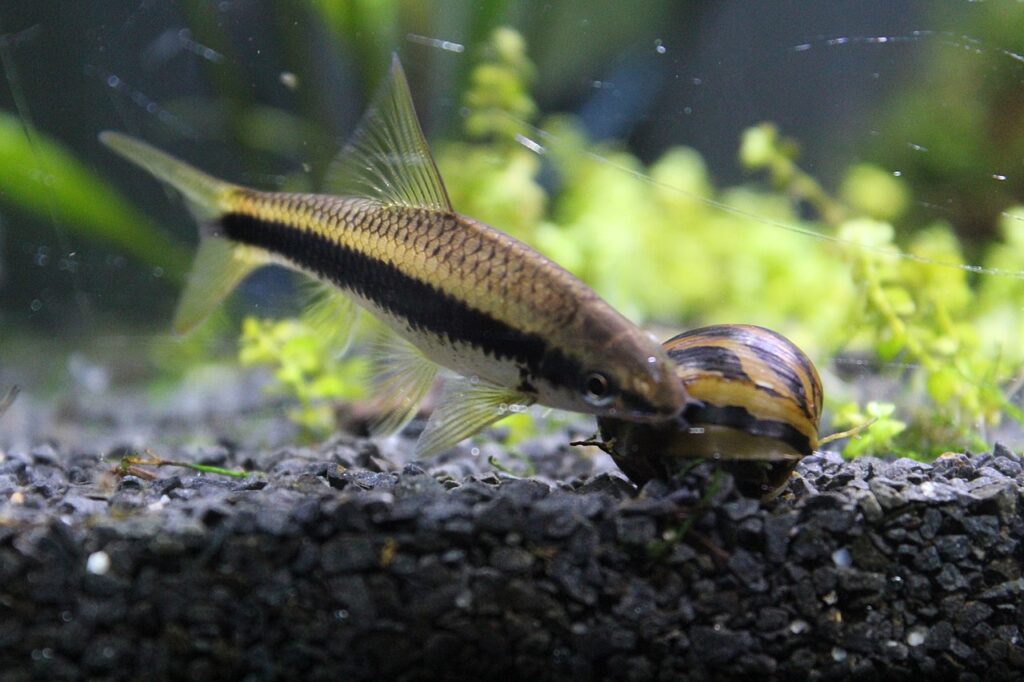
Siamese Algae Eaters are peaceful, algae-eating fish that won’t bother the Honey Gouramis. They help keep the tank clean and are a good choice for heavily planted aquariums.
FAQs
How many Honey Gouramis should I keep in my tank?
It’s best to keep Honey Gouramis in pairs or small groups of one male and several females. A 20-gallon tank can comfortably accommodate a pair or a small group of up to six individuals.
Are Honey Gouramis easy to breed?
Honey Gouramis are relatively easy to breed in the home aquarium. The male will build a bubble nest and court the female. After spawning, the male will guard the eggs and fry until they are free-swimming.
How often should I feed my Honey Gouramis?
Feed your Honey Gouramis small amounts of food two to three times a day. Offer a variety of high-quality flakes, pellets, frozen, and live foods to ensure a well-balanced diet.
Do Honey Gouramis need a heater in their tank?
Yes, Honey Gouramis are tropical fish that require a heater to maintain a stable water temperature between 72-82°F (22-28°C). A reliable heater and thermometer are essential for their health and well-being.
How often should I perform water changes?
Perform weekly water changes of 10-20% to maintain good water quality. Use a gravel vacuum to remove debris and waste from the substrate, and replace the removed water with fresh, dechlorinated water at the same temperature.
Can I keep Honey Gouramis with other Gourami species?
While it’s possible to keep Honey Gouramis with other peaceful Gourami species like Dwarf Gouramis or Pearl Gouramis, it’s essential to provide ample space and hiding spots to minimize territorial disputes. Avoid housing them with larger, more aggressive Gouramis like the Three Spot Gourami.
Do Honey Gouramis need live plants in their tank?
While live plants are not strictly necessary, they are highly recommended for Honey Gourami tanks. Live plants provide hiding spots, improve water quality, and create a more natural environment for these fish. Java Fern, Anubias, and Cryptocoryne are excellent plant choices for Honey Gourami tanks.
How can I tell the difference between male and female Honey Gouramis?
Male Honey Gouramis are more brightly colored, with a honey-gold body and a dark horizontal stripe. They also have longer, more pointed dorsal and anal fins. Females are slightly smaller and have a silvery-gray body with a less prominent stripe.
Can Honey Gouramis jump out of the tank?
Like many labyrinth fish, Honey Gouramis are capable of jumping out of the tank if startled or stressed. To prevent this, make sure your tank has a tight-fitting lid or cover.
How long do Honey Gouramis typically live?
With proper care, a well-maintained tank, and a balanced diet, Honey Gouramis can live for 4-8 years in captivity.